How useful insects work
These “beneficial bugs” work around the clock to hunt and eat any pests ( or their larvae / eggs ) that may live on the plants or in their root system. Their use is as a natural alternative to chemical deterrents, helping to control pest populations, and preventing them from multiplying and spreading.
In addition to eliminating pests, beneficial insects can also help care for companion plants (e.g. red clover, mint, lavender, fennel etc.) that are often grown among cannabis shrubs outdoors. In particular, outdoor growers who care about biodiversity and grow organically, will routinely introduce a wide range of beneficial insects into the garden throughout the growing season to control pest populations. They also gladly plant some companion plants to encourage beneficial insects and natural predators to stay and reproduce.
Of course, the best approach to any cannabis growing challenge is prevention, not cure. Growers are therefore encouraged to monitor their crop as closely as possible. At the same time, even with such diligent monitoring, nothing is 100% guaranteed, the timely release of the right, useful predatory insects can help enormously with saving what would have been a doomed crop.
How To Introduce Predatory Insects To Cannabis Cultivation
The first thing is to determine which pests are inhabiting the garden or growing space. Also, it is crucial to check that any damage to the plants is actually caused by pests, rather than issues of poor nutrient etc.
An experienced cannabis grower carefully checks the condition of their plants and pays attention for any early signs of pest-related issues. Allowing an invasion to develop makes it much more difficult to solve the problem. Once the types of pest that are harming the crop have been identified, it will be possible to take further steps to eliminate them.
The most common critters found in cannabis cultivation include aphids, green, black and white flies, caterpillars, thrips and terrifying spider mites. The good news is that these pests can be eliminated naturally by the introduction of beneficial predatory insects. However, this is not a quick fix, and the process takes some time, so the earlier a grower starts actively fighting an outbreak ( and the more inspections are done to avoid getting to this situation in the first place ) the better.
Buying predatory insects online or at a garden centre
Once sure of the species of pest/s, there are several options to consider. Many growers order beneficial insects online or purchase them from their local garden store.
Outdoor growers often choose the right companion plants to plant near the cannabis plants that will also attract beneficial predatory insects. For example, fennel attracts ladybugs that destroy spider mites and caterpillars. Dandelion, thyme, nasturtium, borage and many other plants have the ability to attract other beneficial insects.
Indoor breeders buy and release predators directly into the growing room. It is best to take this step before the pests have established themselves. One of the problems with growing cannabis indoors is that optimised conditions can allow pests to thrive as soon as they gain a foothold. The presence of some natural predators outdoors facilitates pest control and elimination.
Consider using additional UVA / UVB lighting for pest control
Some growers include additional UVA / UVB lighting in their grow room to increase the terpene profile and cannabinoid content. Typically, the additional lighting is in the form of fluorescent lamps, although some specialised ( admittedly very expensive ) UV LED lamps are already available on the market. Growers who use UV lamps often find that it helps control the pest population, creating a slightly more hostile environment for them.
Can useful insects help in the fight against the cannabis pest epidemic?
Yes, they can, but only if applied on time. Then, predatory insects will effectively reduce the pest population. However, it may happen that the pests are already so well established that the predators are not able to reduce their numbers quickly enough. In these situations, all you can do is monitor the predators' progress and hope that they will be successful before your plants are permanently damaged.
Here are some of the most popular predatory insects used by cannabis growers:
Predatory insect | Their Favourite Prey |
| Green Lacewings | Aphids, spider mites, whiteflies, thrips, leafhoppers |
| Praying Mantis | Caterpillars, aphids, leafhoppers, mosquitoes and various types of fly. Will happily devour other pests, too |
| Predator mites | Spider Mites |
| Ladybugs | Aphids ( they will also eat the eggs of others pests e.g. beetles, mites, moths, thrips etc) |
| Rove Beetles | Thrips, fungus gnats, root aphids. |
It is worth adding, however, that growers in different parts of the world face different threats, dependent on their natural environment, and therefore often have their own, proven local solutions (including companion plants) that work particularly well in their local growing conditions.
How
Instead of using commercially available treatments, including oil-based sprays and soap, many growers prefer to place a few predatory mites (often supplied in bottles) directly on affected plants and wait a few days for the predatory mite to devour the pest population.
Most predatory mites have a short life span and may need to be reapplied if the pests reappear. Many growers, especially outdoor growers, use a predator mix throughout the growing season so that pest populations never get a chance to flourish. It is an inexpensive way to ensure the survival of a crop, especially relative to the final harvest value, and can effectively prevent pest populations from increasing to dangerous levels in the first place.
An aside: organic pest and disease control of cannabis plants
It is worth remembering that catastrophic pest outbreaks are relatively rare. Even if they do appear, there are many remedial options for both outdoor and indoor cultivation that can help prevent the complete loss of a crop. The ways in which cannabis pests and diseases can be controlled vary widely, but it's best to opt for a reparative method that is safe for both bud and consumer, and does not require the use of chemicals.
Home growers using their own cannabis seeds are likely very aware of the need for clean buds. Legal licensed growers know that their reputation and licence depends, in large part, on ensuring the safe production of pure, chemical-free marijuana. Therefore, they eagerly opt for the use of useful insects that act as natural, round-the-clock guards patrolling the area and caring for the safety of plants.
The use of additional UVA and UVB lighting (often used for 2-3 hours a day, depending on the stage of cultivation) also helps to deter flying pests by creating unfavourable conditions, both in outdoor and indoor / greenhouse cultivation. Indoor growers tend to check the condition of their plants on a daily basis so that the appearance of possible pests can be noticed early enough. Detailed inspection of massive cannabis plants 3-4 m high can be much more difficult, so in this case, the prophylactic use of beneficial insects and natural predators can be especially valuable.




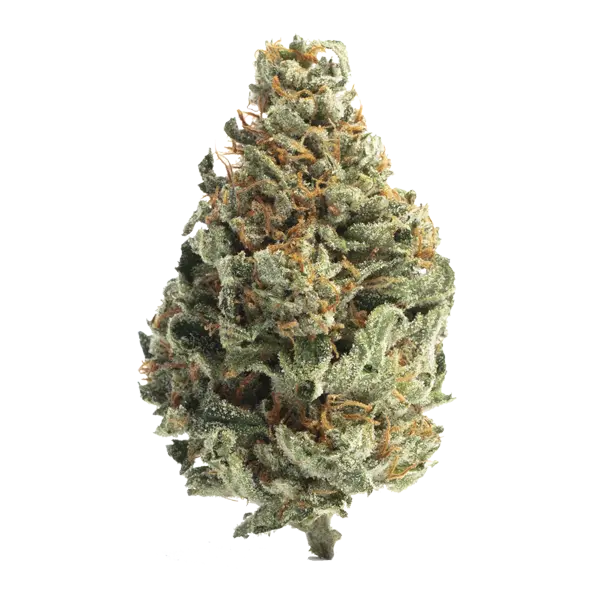


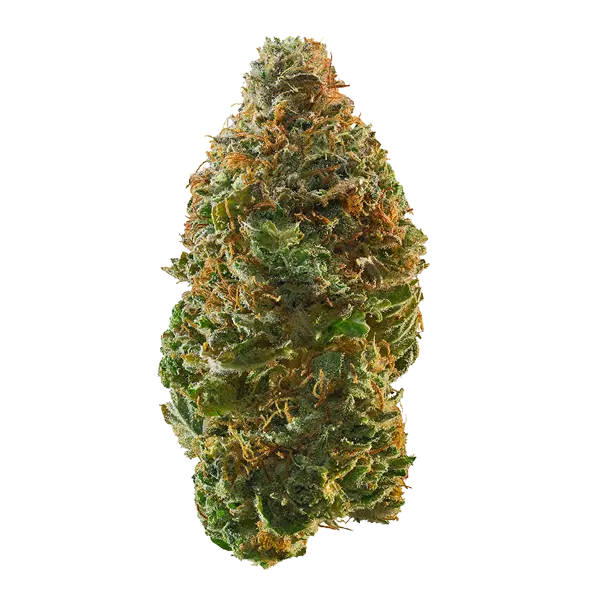

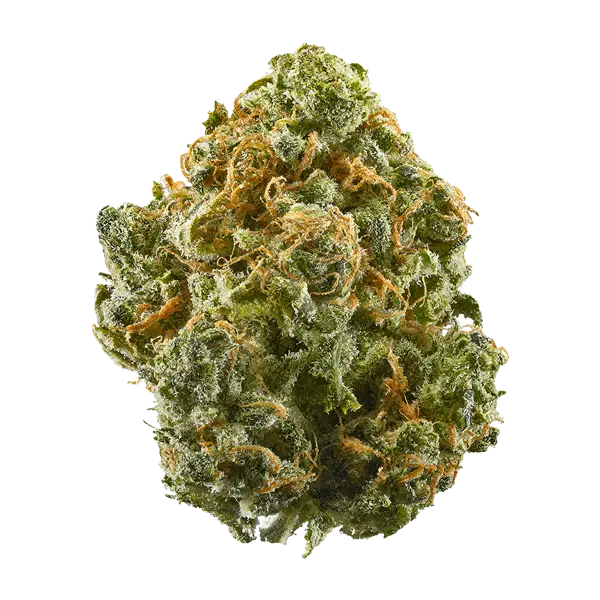
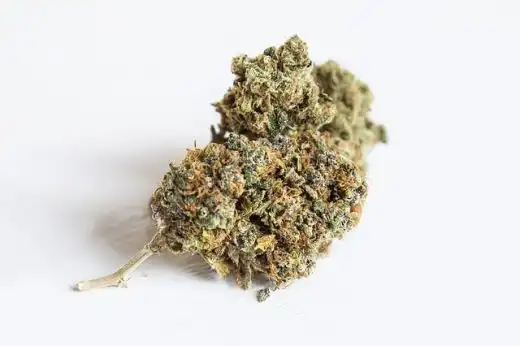
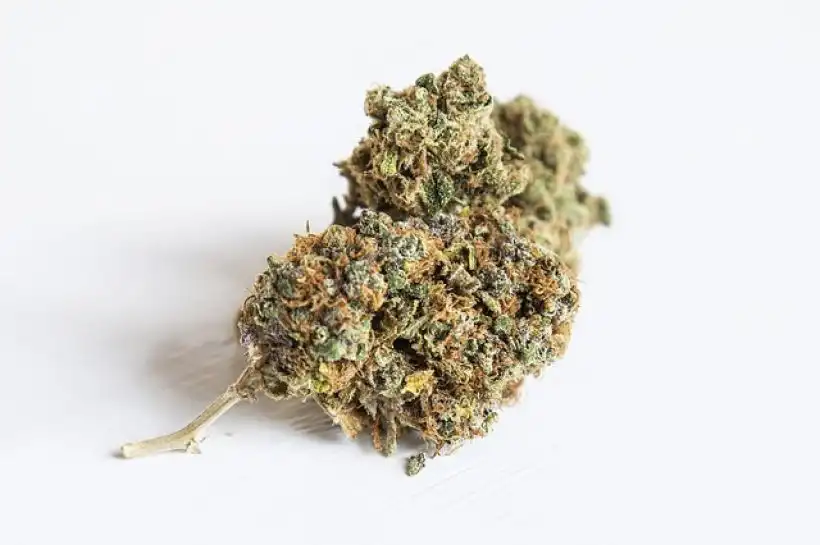













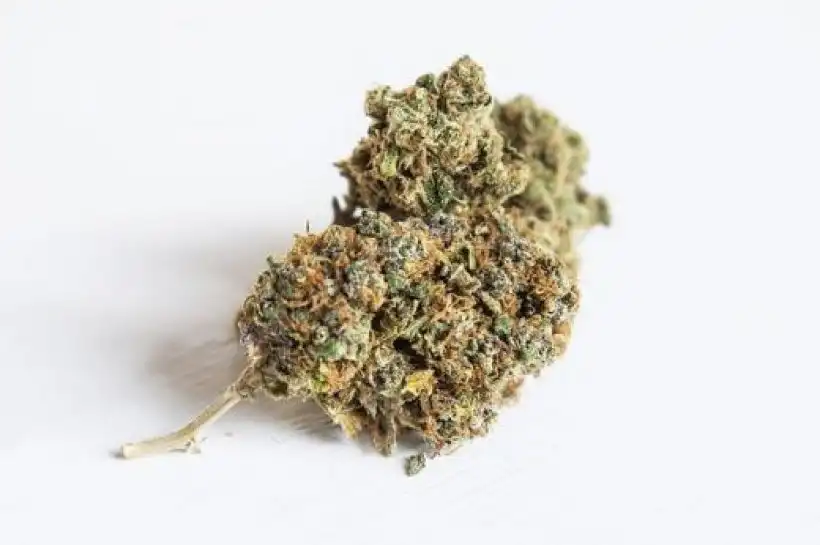









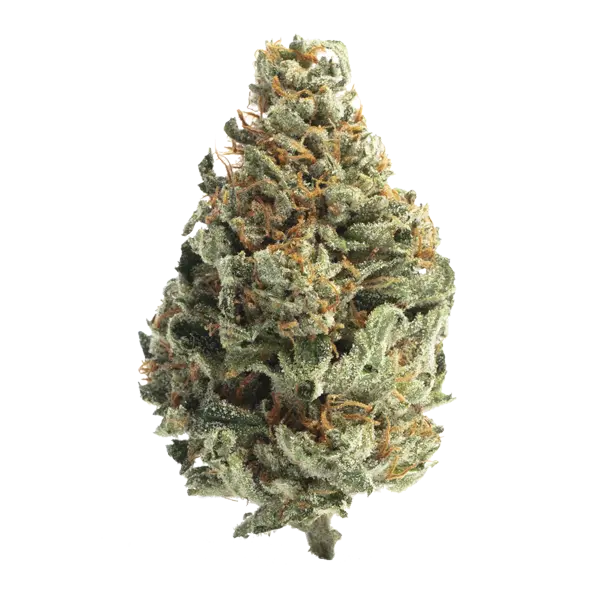


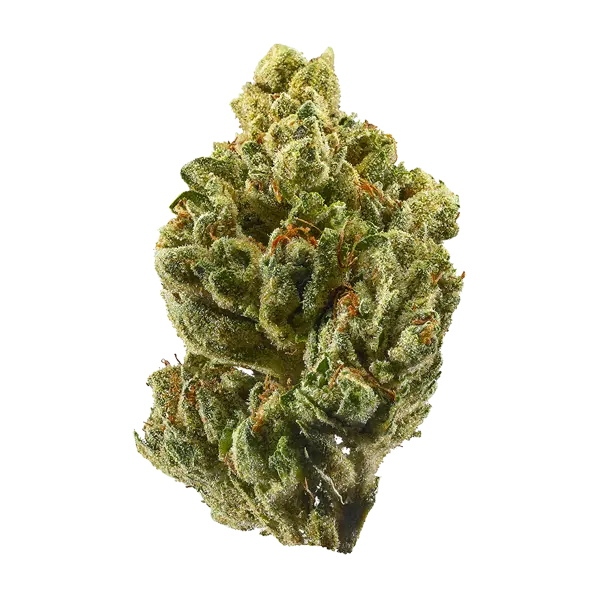





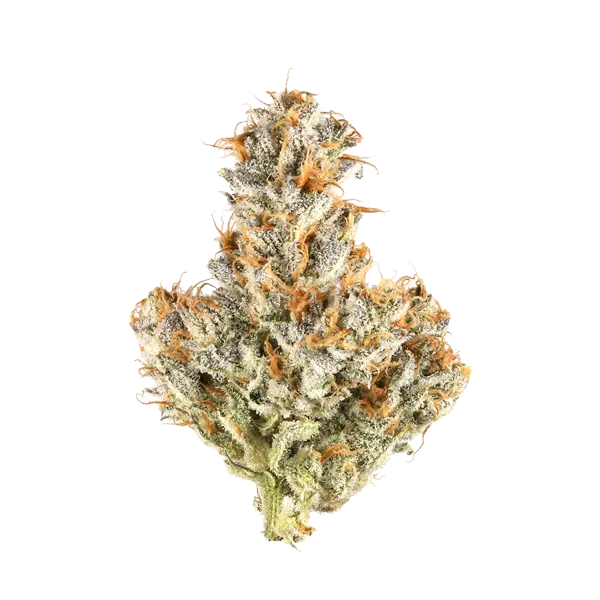


















 Medical Cannabis as a Possible Treatment for Endometriosis
Medical Cannabis as a Possible Treatment for Endometriosis Can CBD Tone Down the Psychoactive Effects of THC?
Can CBD Tone Down the Psychoactive Effects of THC?








